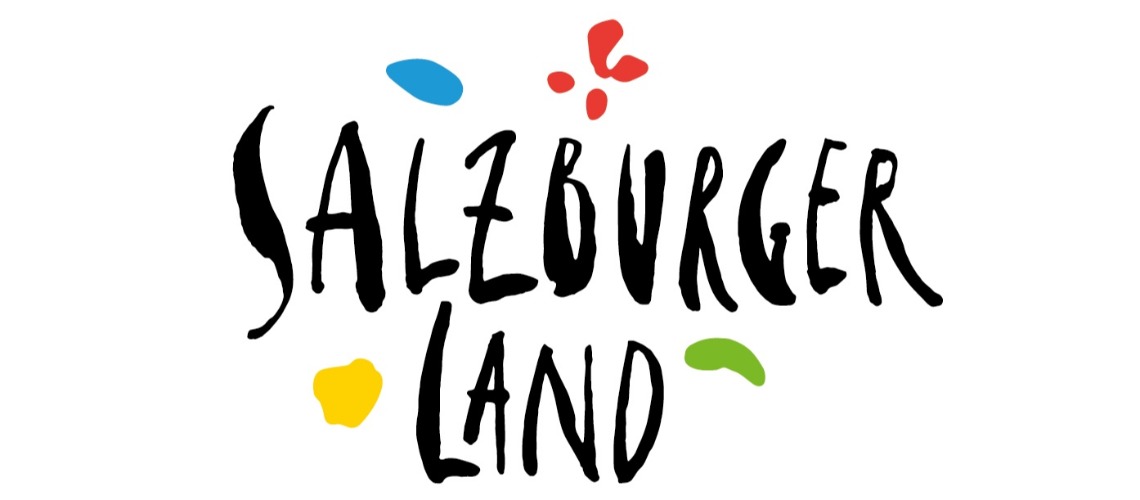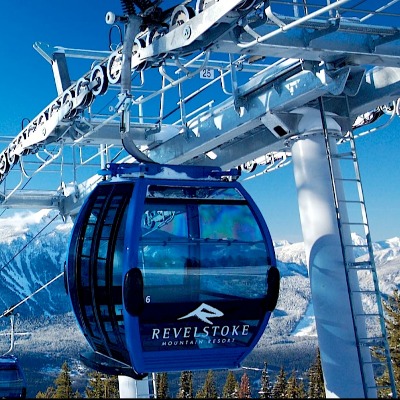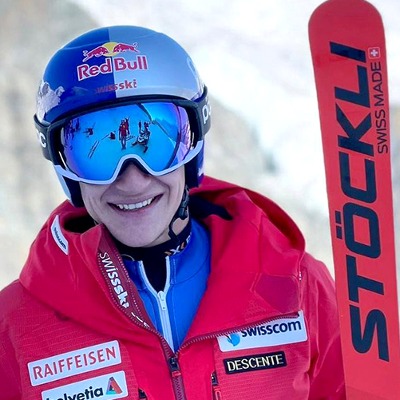SalzburgerLand To Focus On Easter Traditions

Austria’s SalzburgerLand honours Easter above all other religious festivals and many areas uphold ancient traditions. Of all the provinces, Salzburger Lungau is the most loyal in perpetuating its historic customs, celebrating resurrection and the rebirth of nature. Read on to discover some of the rituals and how to make the customary Easter Pinze*.
Egg-dyeing (Grawirlacheier) goes back to the 12th century: many families throughout the region continue to use the traditional linen cloth soaked in natural dye**. Until the 20th century, red was the official colour. The eggs symbolise life and new beginnings. Red represents the blood of Christ.
In Saalbach, villagers place the Easter ham, painted eggs, bacon, bread and salt in a trug and take it to church on Easter Sunday for consecration. On return, the Eierpecken (egg-tapping) ritual sees family members knock their eggs together, along the lines of a conker fight, until a winner emerges and lunch begins.
Grossarl has its Mount of Olives & Passion of Christ choral tribute. From 8pm on Maundy Thursday to 4am on Good Friday, local farmers sing Easter hymns every hour on the hour. On Holy Saturday, the villagers take over, telling the Crucifixion and Resurrection story in song.
A more recent tradition, established 1967, is The Salzburg Easter Festival (www.osterfestspiele-salzburg.at/en) which this year takes place from 2-5 April. The 2021 programme of this world-class event includes Mozart’s Requiem, Beethoven’s Eroica and a star-studded Easter Monday Gala Concert featuring Anna Netrebko, Golda Schultz, Yusif Eyvazov and Alexander Tsymbalyuk, supported by the Dresden Staatskapelle and conducted by artistic director Christian Thielemann.
**GRAWIRLACHEIER – PAINTED EGGS – Lungau method
Gather fresh eggs on Maundy Thursday. Cover the Grawirlach (linen cloth) with red or brown onion skins, then layer chervil, crocus and primrose petals on top to create patterns. Wrap each egg tightly and fasten the ends. Hard boil (a dash of vinegar helps seal the dye). Instead of onion skins, use beetroot leaves for red, nettles for soft green, red cabbage for purple.
BONFIRE TOWERS
In the build-up to Easter, villagers across the 15 Lungau hamlets collect wood and build bonfire towers of up to 12 metres in height. On Holy Saturday they gather for a ceremonial lighting and the towers burn through to Easter Sunday. This pre-Christian tradition was consecrated as Easter Fire by the church in the 8th century in spite of St Boniface’s efforts to ban the practice. In 1797, the fires were useful in scaring off French invaders thinking they were under attack from all sides.
THE RATSCHER BOYS
On Good Friday and Holy Saturday, Lungau school children (Ratscher Boys) go from house to house singing a traditional rhyme and rattling their ratchets to induce residents to bribe them to shut up and go away with gifts of sweets, coins and/or a painted egg.
THE GONES RACE
This ancient game happens on Easter Monday. Lungau’s young men and women line up in couples. One boy, nominated the Gones (gander), cries: ‘Gones Gones kikeriki – des letzte Paarl her für mi’ (gander, gander cock-a-doodle-doo – the last couple here for me). This is the signal for the front couple to run in different directions; if the Gones catches the girl before the end, her male counterpart takes over as the Gones.














